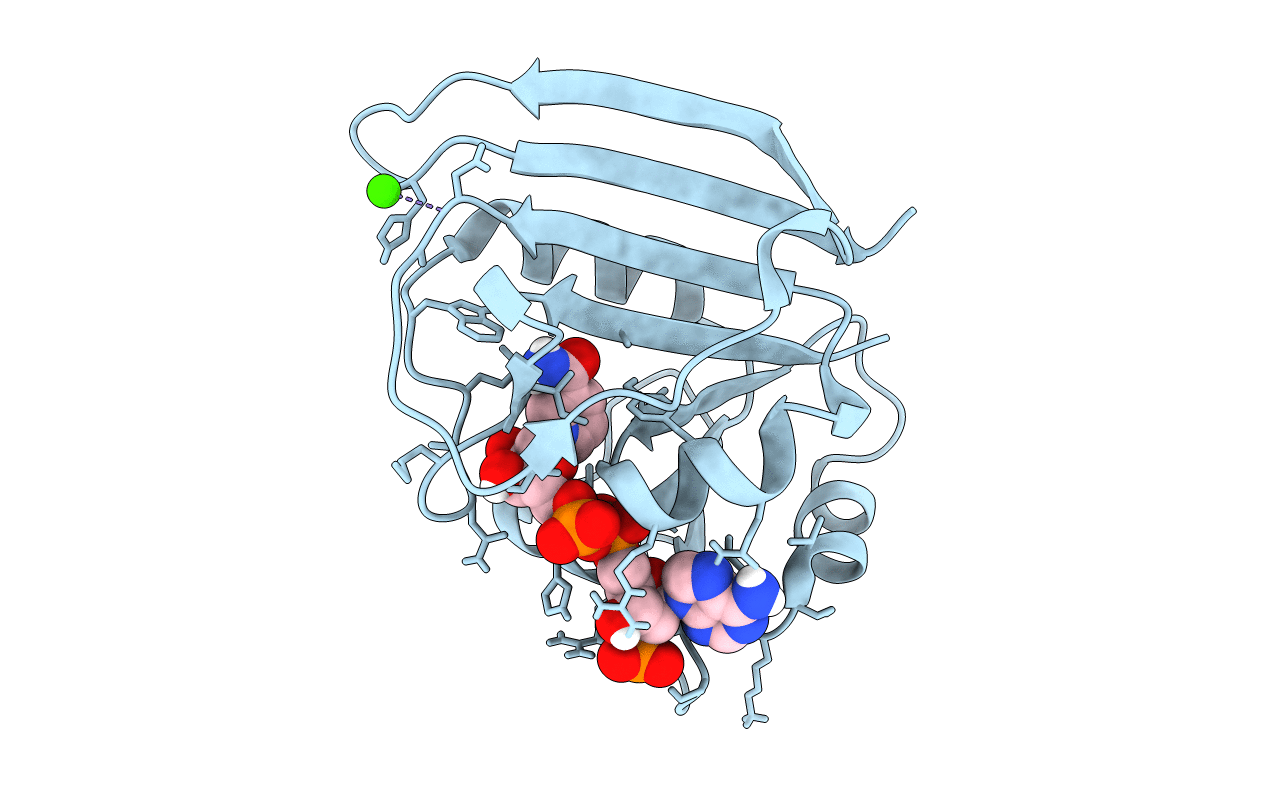
Deposition Date
2017-06-08
Release Date
2017-08-09
Last Version Date
2023-10-04
Entry Detail
Biological Source:
Source Organism:
Escherichia coli (strain K12) (Taxon ID: 83333)
Host Organism:
Method Details:
Experimental Method:
Resolution:
1.40 Å
R-Value Free:
0.16
R-Value Work:
0.13
R-Value Observed:
0.14
Space Group:
P 21 21 21


